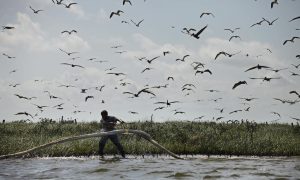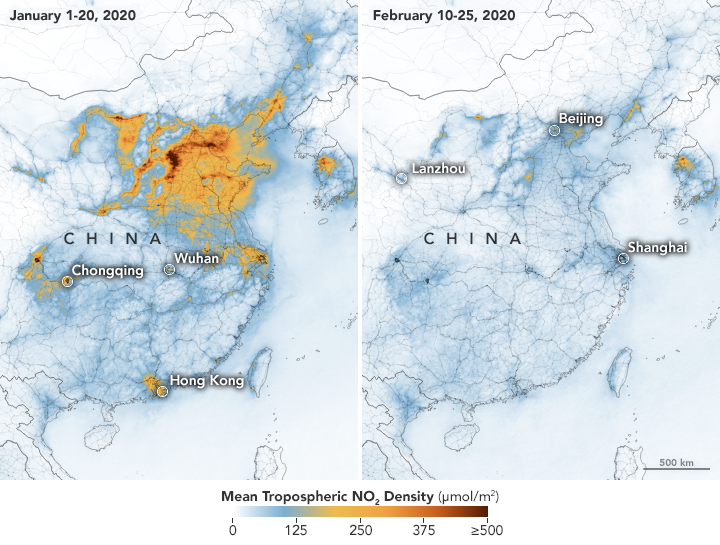Right along the lines of super unexciting infrastructure fixes to crucial bridges, railways, pipes and water mains is the capping of methane-spewing oil wells, of which we have a leaky and abundant surplus:
Curtis Shuck calls the well a “super emitter,” one of many in a wheat field not far from the Canadian border, a part of Montana known as the “golden triangle” for its bountiful crops. Aside from the scattered rusty pipes and junked oil tanks, the field is splendid and vast, its horizon interrupted intermittently by power lines and grain bins. On these plains, Shuck says, you can watch your dog run away for a week.
He is a former oil and gas executive who nowadays leads a small nonprofit — the result of a personal epiphany — and is tackling global warming one well at a time. That is the approach of his Well Done Foundation, plugging this and then other orphaned sites and trapping the methane underground. The effort started in Montana in 2019 but will expand to other states before the fall.
“When we’re done, it will be like this well was never here,” Shuck said, standing upwind as cement was pumped hundreds of feet down, through a series of pipes stuck in the 7½-inch-wide hole like a straw in a juice box.
30K to cap a well. Well done, Well Done. Plant trees, install solar farms, wind farms, stop dumping sewage, limit runoff, cut back on steaks (sorry! but do), refurbish the train lines, live close to work. Listen to ‘Trane while you walk. Live a little.
What’s it going to take? All of it, every last all of it. Everything.
Image: Abandoned oil storage tanks left behind in Montana. (Adrián Sanchez-Gonzalez for The Washington Post)








